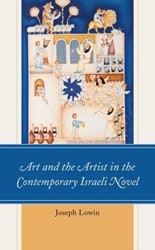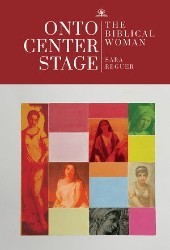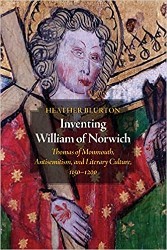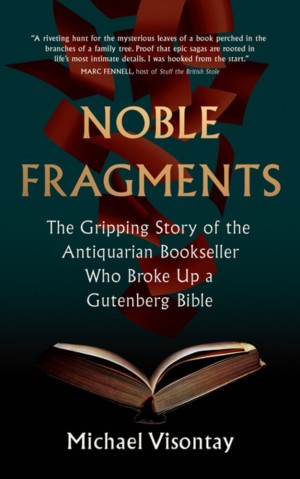There are many ways to write a history, and many ways to read a text. Barbara E. Mann, professor of cultural studies at the Jewish Theological Seminary, is interested in the possibilities that the lens of material culture affords a Jewish reader: that is, she analyzes “the material qualities of texts, the literary depiction of objects, and discourse about materiality during a period shaped by migration, war, and social and political change.” What a text says matters, yes — but relevant too is the way it feels, what it is bound in, what ink was used, and where it was stored.
“Within these boundaries,” she writes, “my approach is comparative; furthermore, like recent scholarship on the relation between language and Jewish identity in the modern period, I use the term Jewish ‘provisionally, as a formulation of a continuum, one worth questioning and contextualizing, rather than as a self-evident category.’” Mann describes her fascination with the materiality of literature as stemming from a “discovery in the basement stacks at Bancroft Library … at Berkeley,” where she found a copy of one of the earliest Hebrew journals from Palestine, circa 1908:
The journal’s crumbling pages were browned with age, and its binding was split open, revealing threads and packing material. As I gingerly examined the damaged, peeling spine, I could see that the journal had been bound using pieces of Russian newspaper. Perhaps the pages of Cyrillic print had been the lining of a trunk, or a coat, of a recently arrived immigrant; or maybe the newspaper had arrived in the port city in a shipping container, wrapped around items in a commercial delivery, or in the possession of a crew member on board.
The Object of Jewish Literature is full of so many such recollections — descriptions of texts that become something more. While it might be cliché to point out that every book tells a story beyond the one contained in its pages, that beyondness is at the core of Mann’s pursuits.
In truth, this is a challenging read for anyone not familiar with the world of academic Judaism. It is, however, a deeply rewarding one. It allows access into a kaleidoscope of Jewish texts, poems, and missives — some well-known, others meticulously resurfaced. Overall, the book’s strength lies in its enthusiasm. Mann’s devotion to the sacred movement, placement, and meaning of things is immersive and reverent.
Chapters move from Jewish imagism to Maus, Holocaust memorial books to graphic novels. Particularly engaging is the conversation about “little magazines,” analogous in many ways to what we now call zine culture. For the lay scholar, The Object of Jewish Literature is something to be savored, chapter by chapter. It is worth spending meaningful time with each of Mann’s images and descriptions.
Justine Orlovsky-Schnitzler is a frequent contributor to the Jewish Women’s Archive and Lilith magazine, living and working at home in the South.





